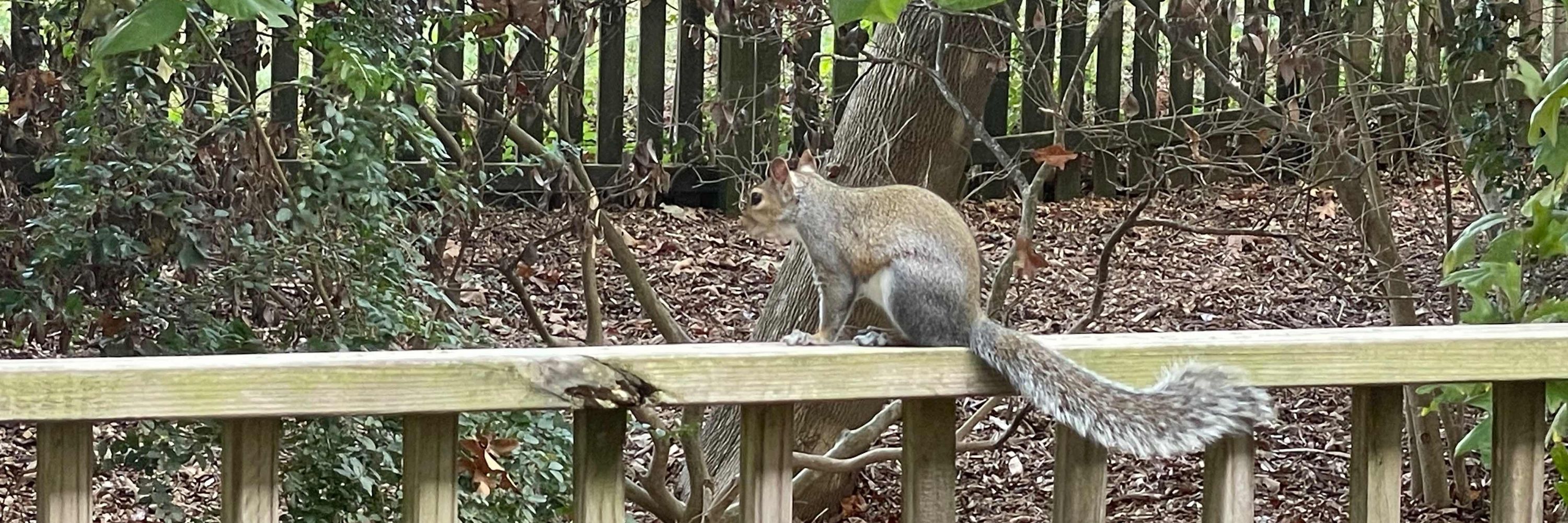
My favorite thing on Bluesky: @possumeveryhour.io
Do you have any favorite resources to recommend that helped you learn?
Do you have any favorite resources to recommend that helped you learn?

Have you tried www.youtube.com/watch?v=HYX7... or a competitor yet? Pickup modeling is still relatively new. I'm intrigued.

Have you tried www.youtube.com/watch?v=HYX7... or a competitor yet? Pickup modeling is still relatively new. I'm intrigued.
(I started playing ERGs and ERBs in about 2000, multiscale about 2010. Can't go back!)
(I started playing ERGs and ERBs in about 2000, multiscale about 2010. Can't go back!)
That's the series I thought it was from the first time I saw the artwork. 📸⻤👻
It's on our to-play list!
That's the series I thought it was from the first time I saw the artwork. 📸⻤👻
It's on our to-play list!
music.apple.com/us/album/nig...

music.apple.com/us/album/nig...
I still don't think I've seen this arrangement for 5:
⬜️⚫️⬜️
⚫️⚫️⚫️
⬜️⚫️⬜️
Using the negative space of 4, for 5, like this, might have helped 6 not be so unruly.
(Standard 5-quincunx is fine w/me in isolation.)


I still don't think I've seen this arrangement for 5:
⬜️⚫️⬜️
⚫️⚫️⚫️
⬜️⚫️⬜️
Using the negative space of 4, for 5, like this, might have helped 6 not be so unruly.
(Standard 5-quincunx is fine w/me in isolation.)
Both options are bad because standard 6- and 7-pip patterns don’t follow the precedent set by 2- and 3-.
Dice manufacturers should send out these replacements for all defective units:
⬜️⚫️⚫️
⚫️⬜️⚫️
⚫️⚫️⬜️
⬜️⚫️⚫️
⚫️⚫️⚫️
⚫️⚫️⬜️
Both options are bad because standard 6- and 7-pip patterns don’t follow the precedent set by 2- and 3-.
Dice manufacturers should send out these replacements for all defective units:
⬜️⚫️⚫️
⚫️⬜️⚫️
⚫️⚫️⬜️
⬜️⚫️⚫️
⚫️⚫️⚫️
⚫️⚫️⬜️
But the extra taps are indeed horrible. I don’t appreciate when design clearly doesn’t respect your time—especially when there’s a precedent where it had successfully been more respectful.
But the extra taps are indeed horrible. I don’t appreciate when design clearly doesn’t respect your time—especially when there’s a precedent where it had successfully been more respectful.
struct V: View {
var body: some View { self; self } // or just self
}
struct V: View {
var body: some View { self; self } // or just self
}
normalize(normal1 + normal2)
normalize((normal1 + normal2) / 2)
normalize(mix(normal1, normal2, 0.5))
But it works with any number of normals!
normalize(normal1 + normal2)
normalize((normal1 + normal2) / 2)
normalize(mix(normal1, normal2, 0.5))
But it works with any number of normals!
When you add vectors without dividing the sum by how many of them you’re adding, the result gets scaled by the vector count. But if you normalize afterwards, the length of the intermediate result doesn’t matter.
When you add vectors without dividing the sum by how many of them you’re adding, the result gets scaled by the vector count. But if you normalize afterwards, the length of the intermediate result doesn’t matter.
This article has the three obvious options, but I also had good enough results on early iPads just by adding two normals and subtracting 1. 😆
blog.demofox.org/2016/02/19/n...

This article has the three obvious options, but I also had good enough results on early iPads just by adding two normals and subtracting 1. 😆
blog.demofox.org/2016/02/19/n...
www.youtube.com/watch?v=i6l3...

www.youtube.com/watch?v=i6l3...
Check out the history of one of my favorite series, for reference: youtube.com/playlist?lis...

Check out the history of one of my favorite series, for reference: youtube.com/playlist?lis...
The `===` we've always had doesn't require arguments of matching type, so I don't know that it would feel consistent. (github.com/swiftlang/sw...)

The `===` we've always had doesn't require arguments of matching type, so I don't know that it would feel consistent. (github.com/swiftlang/sw...)

